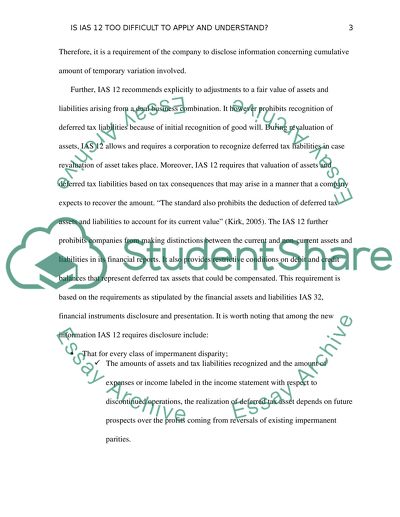Cite this document
(“Income Tax (IAS12) Essay Example | Topics and Well Written Essays - 1500 words”, n.d.)
Income Tax (IAS12) Essay Example | Topics and Well Written Essays - 1500 words. Retrieved from https://studentshare.org/finance-accounting/1468031-income-tax
Income Tax (IAS12) Essay Example | Topics and Well Written Essays - 1500 words. Retrieved from https://studentshare.org/finance-accounting/1468031-income-tax
(Income Tax (IAS12) Essay Example | Topics and Well Written Essays - 1500 Words)
Income Tax (IAS12) Essay Example | Topics and Well Written Essays - 1500 Words. https://studentshare.org/finance-accounting/1468031-income-tax.
Income Tax (IAS12) Essay Example | Topics and Well Written Essays - 1500 Words. https://studentshare.org/finance-accounting/1468031-income-tax.
“Income Tax (IAS12) Essay Example | Topics and Well Written Essays - 1500 Words”, n.d. https://studentshare.org/finance-accounting/1468031-income-tax.


